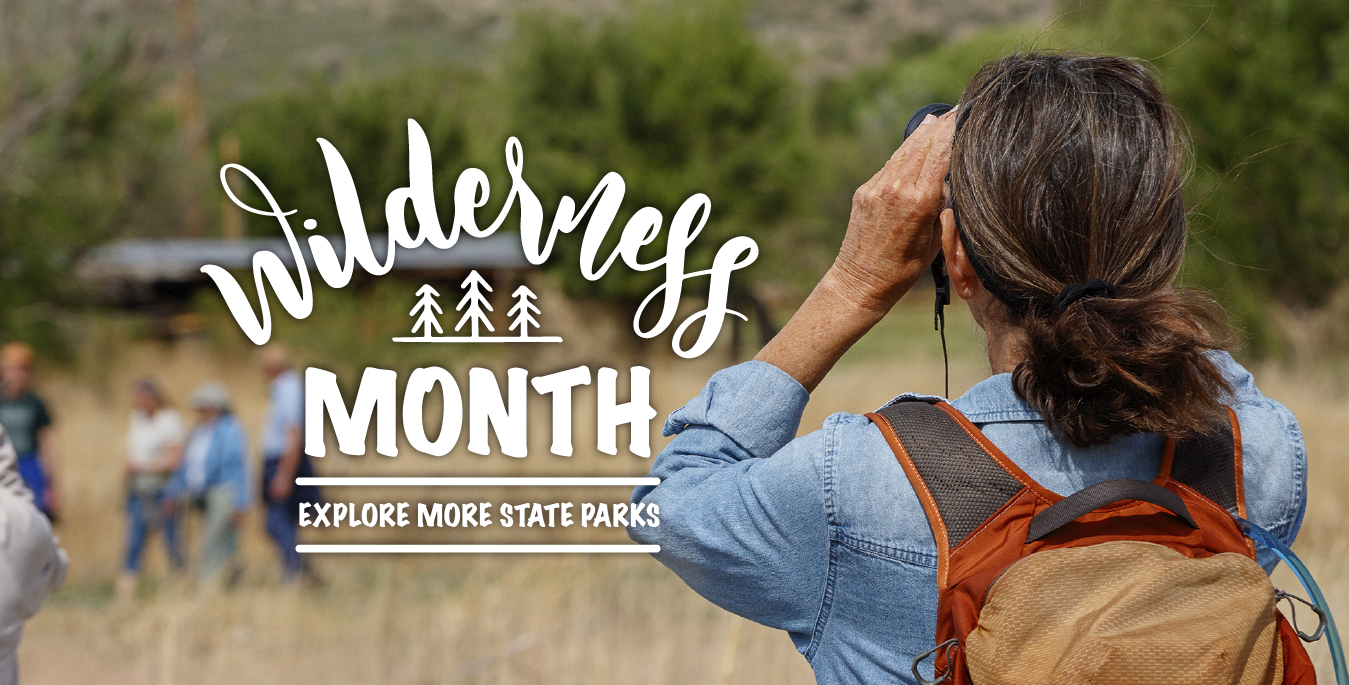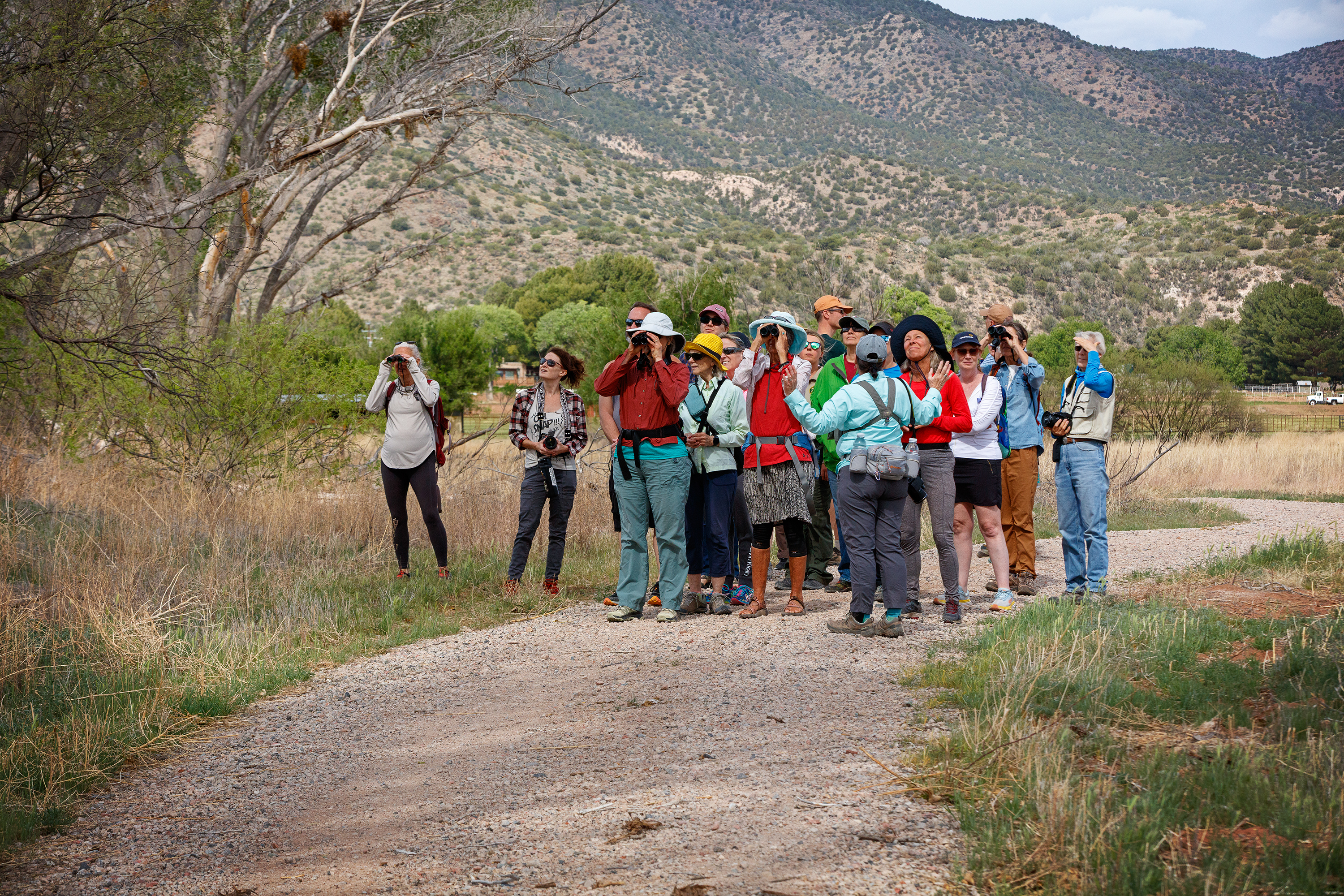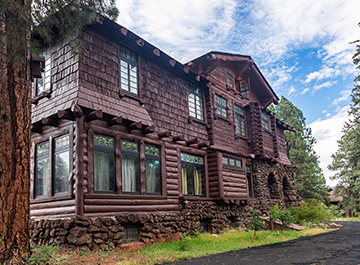Arizona's Newest State Park Gets Custom Brew

Arizona's newest state park will be featured on a custom, limited-release beer, the Rockin' River Ranch Rye IPA. Arizona State Parks and Trails and Flagstaff's Historic Brewing Company have teamed up for this third edition in a line of specialty brews celebrating Arizona's state parks. To launch the beer, the agency and brewer will host a tasting event at Rockin' River Ranch State Park on Sept. 27, 2025 from noon to 4 p.m.









